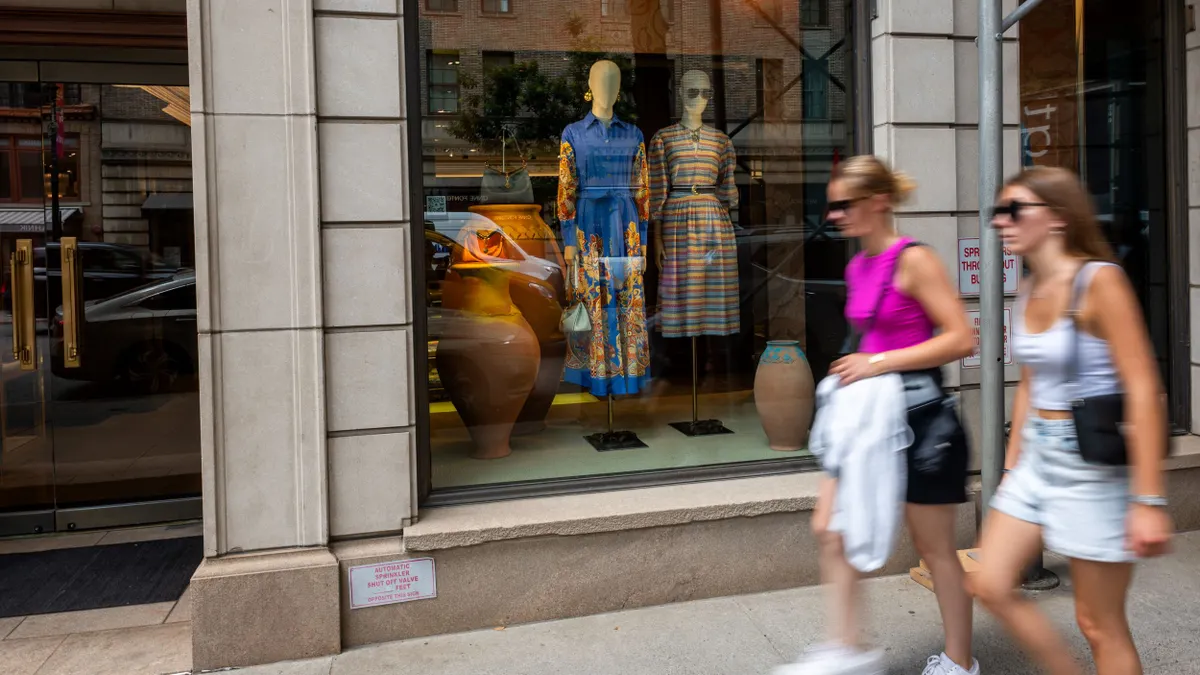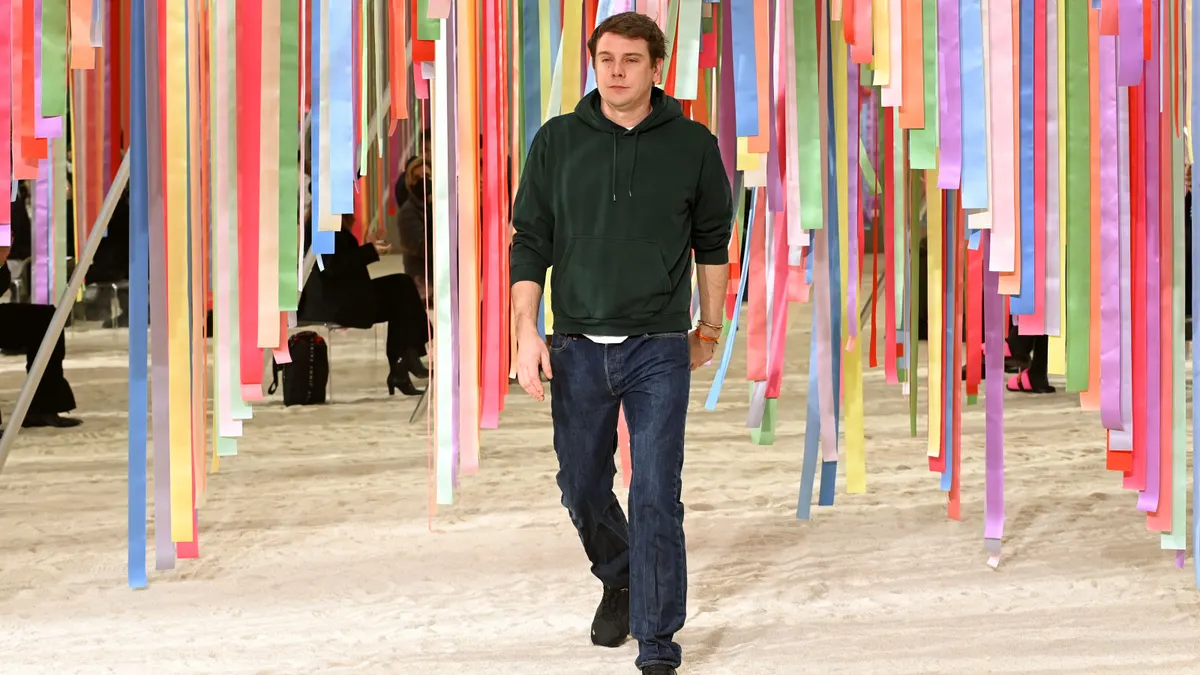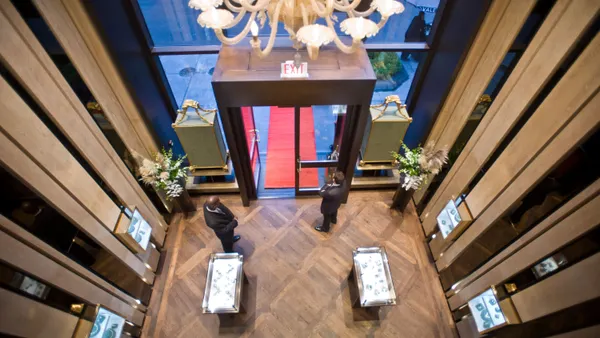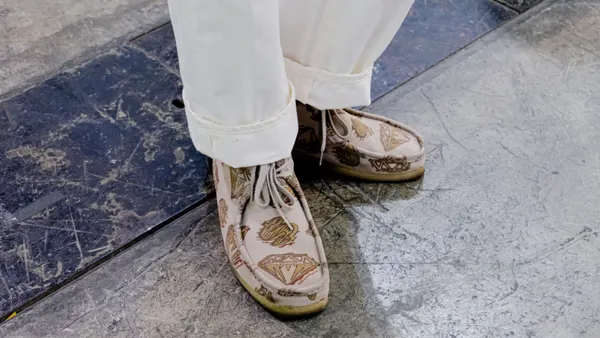Dive Brief:
- The luxury fashion market is shifting toward high-net-worth individuals as aspirational consumers rein in spending, according to a new report by Boston Consulting Group, in partnership with Italian luxury goods industry association Altagamma.
- At the same time, luxury fashion consumers are more interested in products that reflect their identity, style and values rather than traditional status symbols, according to a different report by Boston Consulting Group, in partnership with fashion media brand Highsnobiety.
- “To succeed in the years ahead, brands must refocus on top-tier clients,” according to the BCG-Altagamma report. “And return to the fundamentals of what true luxury really means.”
Dive Insight:
The personal luxury goods market is projected to shrink between 2% and 5% in 2025 as shoppers pull back spending amid a cavalcade of worrying economic and political news.
The downturn is due largely to decreased spending among aspirational consumers. These consumers spend less than 5,000 euros (about $5,700) annually on personal and experiential luxury, per the BCG-Altagamma report.
Aspirational consumers fell from 13 percentage points since 2013, according to the BCG-Altagamma report, which contains insights from more than 7,000 luxury consumers worldwide based on surveys, focus groups and in-depth interviews.
In the last year, about 35% of aspirational consumers have cut or stopped luxury spending as they spend more on savings and investments, wellness and second-hand purchases, per the BCG-Altagamma report.
“Today, brands with a client base comprised of more than 50%. Aspirational consumers are seeing the steepest declines, underperforming sharply over the past 12 months,” according to the BCG-Altagamma report.
High-net-worth people, meanwhile, are driving luxury spending, according to the BCG-Altagamma report. These consumers spend at least 50,000 euros annually on personal and experiential luxury and comprise less than 1% of the luxury market, per the BCG-Altagamma report.
But high-net-worth consumers generate 23% of the value, and their wealth is increasing 8% annually, per the BCG-Altagamma report, making them “luxury’s most resilient segment.”
By 2030, there will be more than 1.4 million high-net-worth individuals worldwide with more than 100 trillion euros in investible assets, per the BCG-Altagamma report.
“Brands that have stayed loyal to core top-tier clients are not just weathering the storm — they’re thriving,” according to the BCG-Altagamma report.
In addition, more than seven in 10 luxury consumers globally say “luxury isn’t what it was five years ago,” according to the BCG-Highsnobiety report, which surveyed more than 6,000 consumers.
In the BCG-Altagamma report, today’s top luxury customers want connection, intimacy, excellence and recognition..
And the BCG-Highsnobiety report revealed that when it comes to apparel, luxury consumers are looking for quality and craftsmanship, brand values that align with their own, uniqueness and independence. They are also less interested in technology, collaborations and limited-edition products than in years past.
Consumers also are beginning to shun fast fashion and big brands in favor of building meaningful connections with boutique brands and designers, per the BCG-Highsnobiety report.
Luxury shoppers are still buying, but they are more discerning than they were, Colleen Allen, a fashion designer in New York City, said in the BCG-Highsnobiety report. “They want pieces that will last, that feel like an investment rather than something disposable.”










